Home design is constantly evolving, with new trends shaping how we live and interact with our spaces. Over the years, innovations in style, technology, and sustainability have completely reshaped interior design, offering fresh ways to approach everything from furniture layouts to material choices. From smart home tech to eco-friendly materials and minimalist aesthetics, these trends reflect our changing needs and values. Whether you’re remodeling your home or just curious about the latest design movements, exploring these 20 trends will give you a glimpse into the future of interior style. Let’s dive into the innovative concepts that are changing the way we think about home design.
Open Concept Living
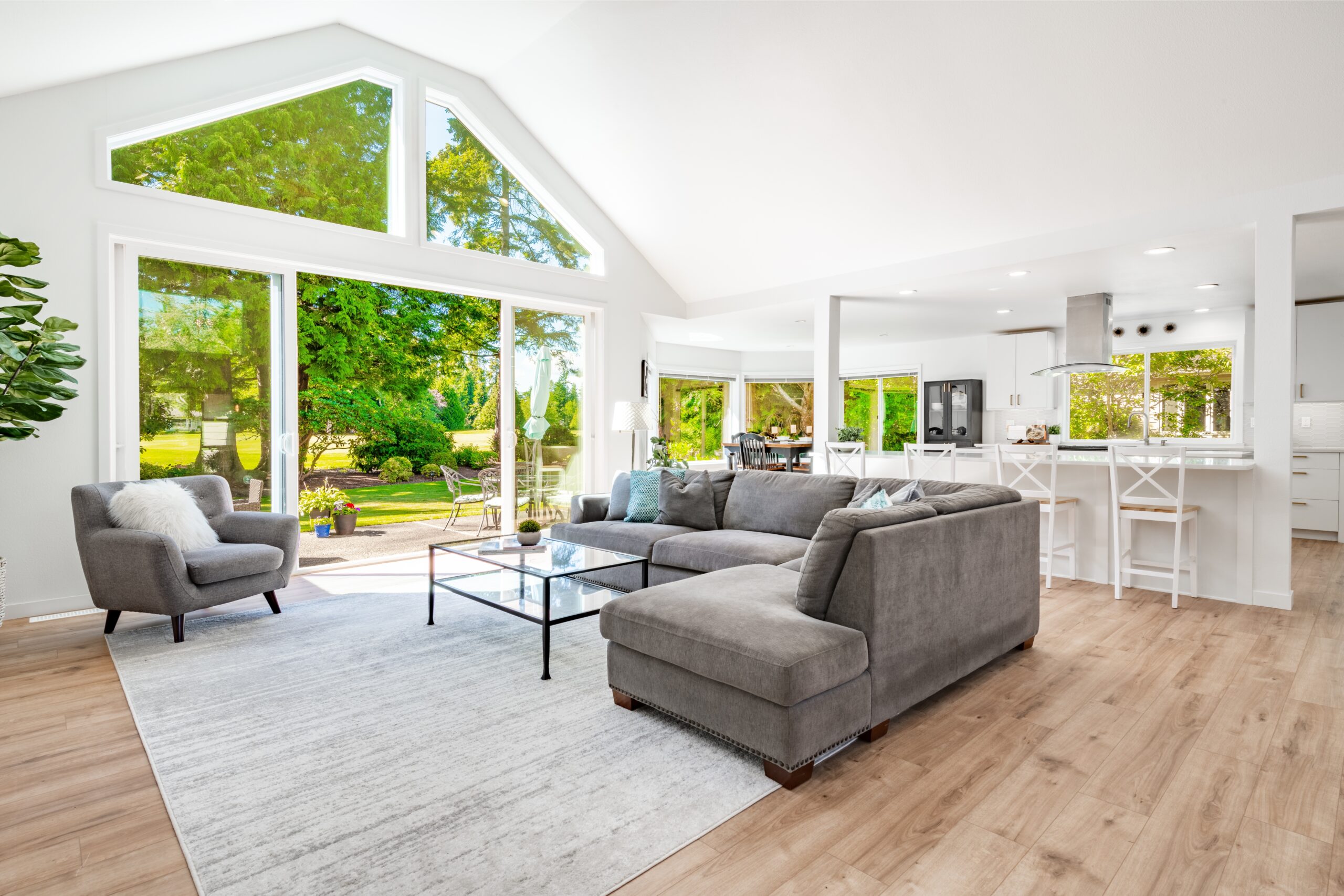
Open concept design, characterized by large, uninterrupted spaces, revolutionized how we view living areas. Instead of traditional closed-off rooms, walls were removed to create an expansive, fluid living experience. This trend fosters a sense of connection between the kitchen, living room, and dining areas, promoting interaction and socialization. It also maximizes natural light, making spaces feel larger and more airy. Many modern homes now have fewer walls, giving them an open, loft-like atmosphere. The design also allows for flexibility in furniture arrangement and easy flow between spaces. The open concept has become so popular that even larger homes now embrace the idea of open-plan living.
Sustainable and Eco-Friendly Materials
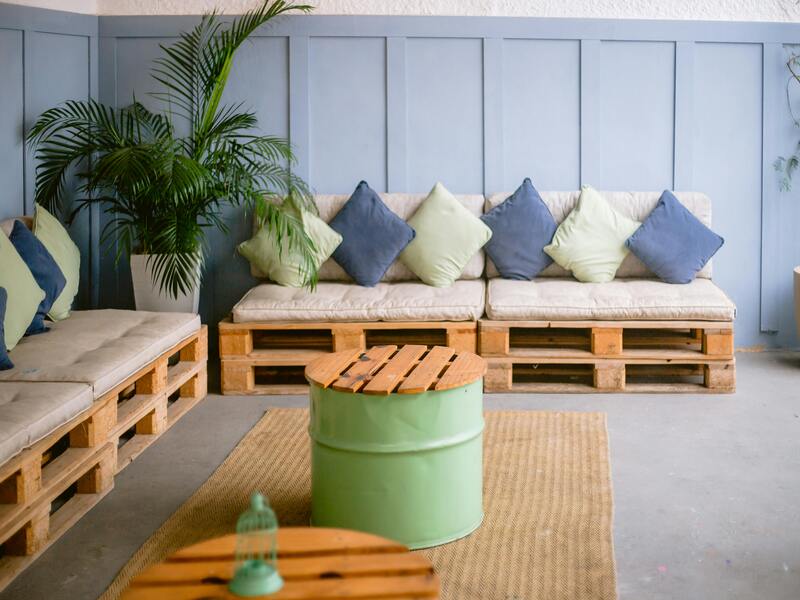
In recent years, sustainability has become a significant focus in interior design. Eco-friendly materials like bamboo, cork, and recycled wood have entered the mainstream as sustainable alternatives to conventional building products. Not only are these materials environmentally friendly, but they often offer unique aesthetics and textures that elevate interior spaces. Reclaimed wood, for example, adds a rustic, warm charm to any room while reducing waste. Additionally, many homeowners are incorporating energy-efficient systems and water-saving fixtures into their design, further minimizing their carbon footprint. The rise of green design has made eco-conscious choices a priority for many homeowners. As a result, the push for eco-friendly homes continues to shape the future of interior design.
Smart Home Technology Integration

Smart home technology has redefined modern living by integrating advanced systems that improve both convenience and functionality. Thermostats, lighting, and security systems can now be controlled remotely via smartphones or voice commands. High-tech appliances, such as refrigerators that track food inventory or ovens that can be preheated remotely, have become common. These innovations not only enhance comfort but also contribute to energy efficiency and security. As more people adopt smart technologies, homes are becoming increasingly intuitive, adjusting to personal preferences automatically. Lighting can change based on the time of day, and home systems can be set to activate with a single command. The seamless integration of these technologies continues to push interior design toward futuristic, yet user-friendly, spaces.
Biophilic Design
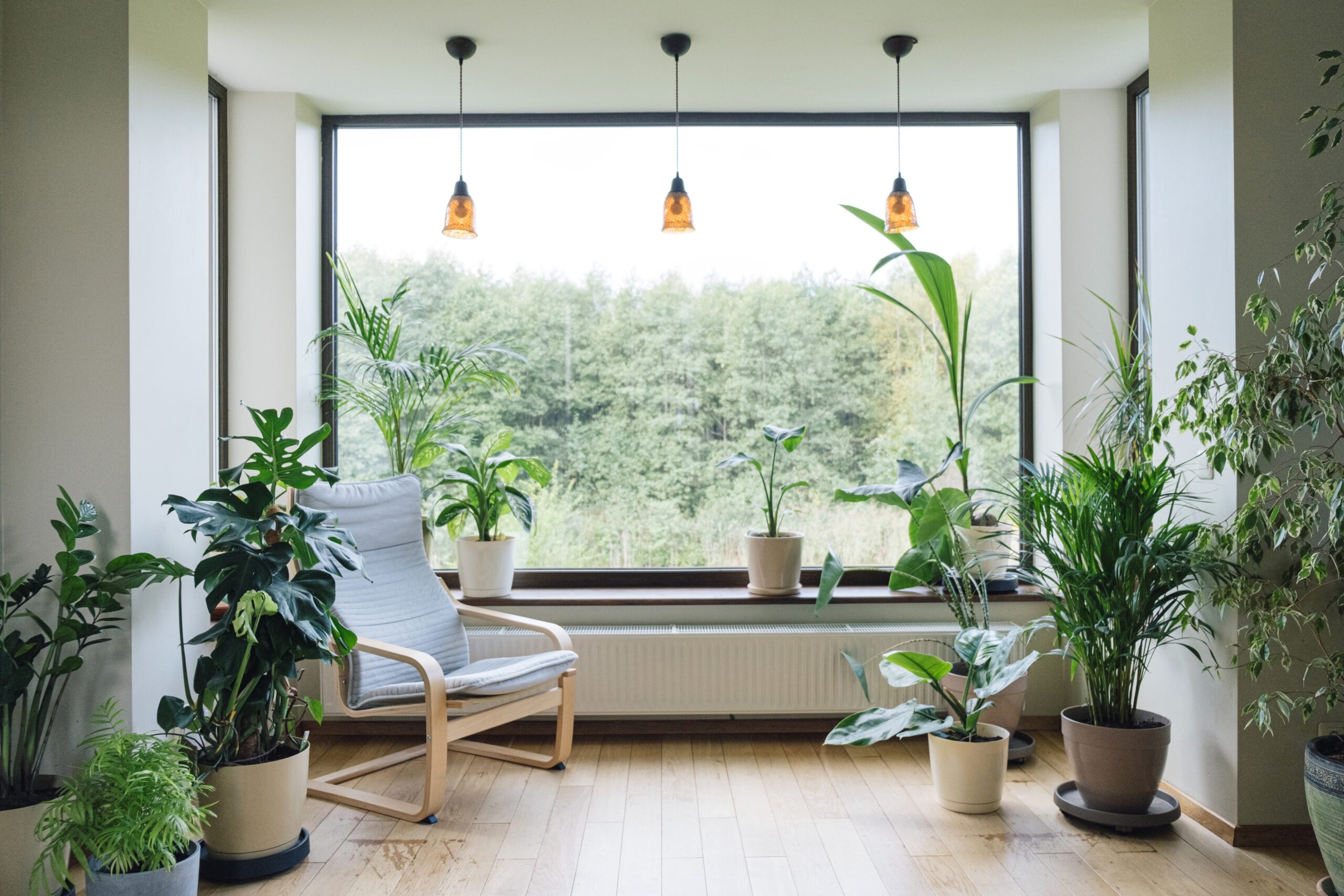
Biophilic design brings the outdoors in, emphasizing natural elements like plants, natural light, and organic materials to create spaces that foster well-being. This trend acknowledges the human need to connect with nature, often through the inclusion of greenery in homes. Indoor gardens, green walls, and strategically placed plants have all become essential elements in contemporary design. Additionally, natural wood, stone, and other organic materials are used to evoke a sense of harmony with the natural world. Large windows and open spaces help flood rooms with natural light, boosting mood and productivity. The result is a tranquil, balanced environment that supports physical and mental health. As urbanization grows, biophilic design has become a solution to reconnect individuals with nature.
Minimalist Aesthetics
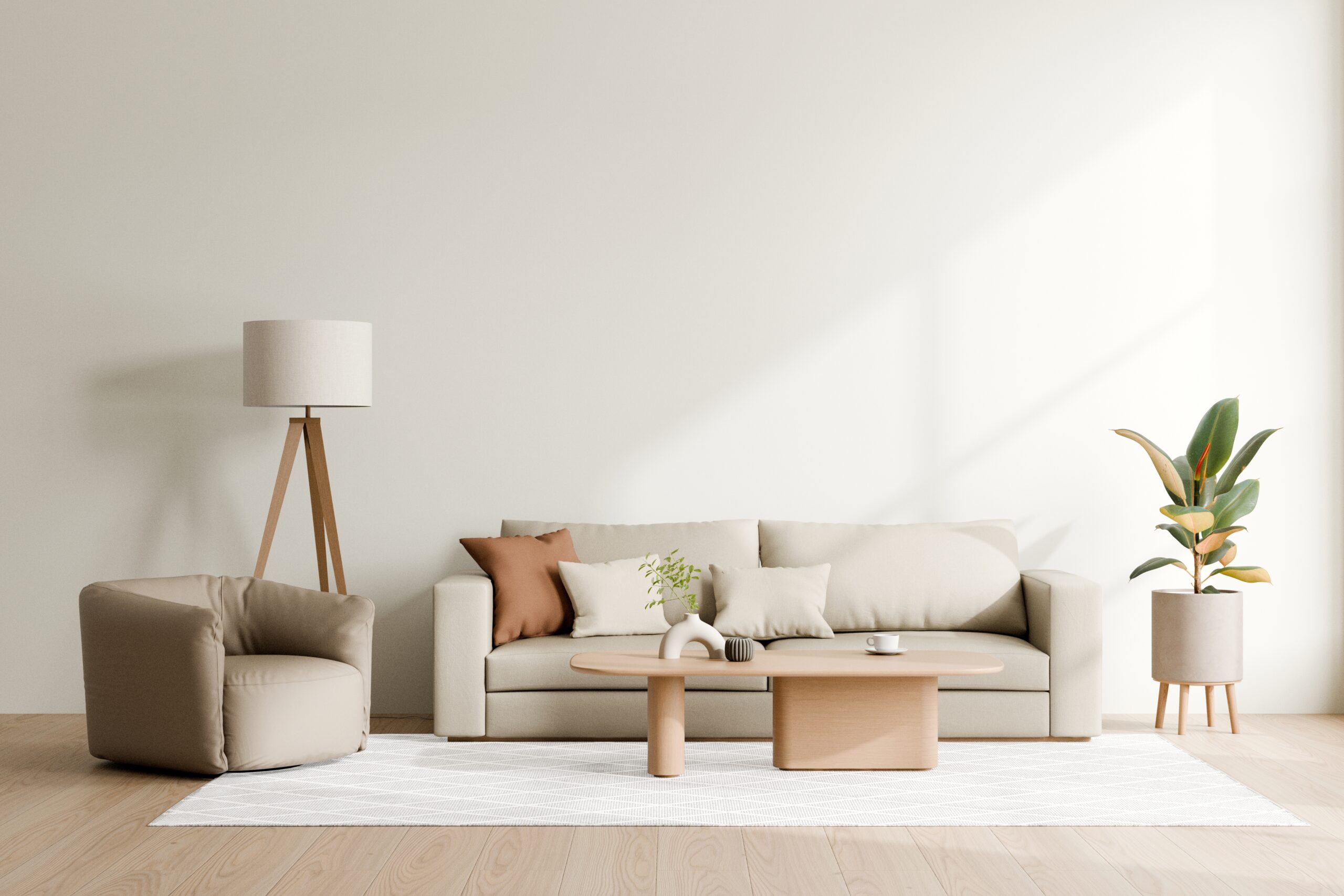
Minimalism in interior design has become synonymous with clean lines, neutral colors, and a clutter-free environment. The focus is on functionality, with each element of the space serving a clear purpose. Furniture is often sleek, simple, and low-profile, emphasizing open, airy spaces. A minimalist home exudes calm and order, providing a serene environment that reduces distractions. Many minimalist designs embrace the concept of “less is more,” where every piece is carefully curated to avoid excess. Storage solutions are cleverly integrated into furniture pieces to maintain an uncluttered look. The result is a timeless, understated style that emphasizes the beauty of simplicity.
Maximalist Design
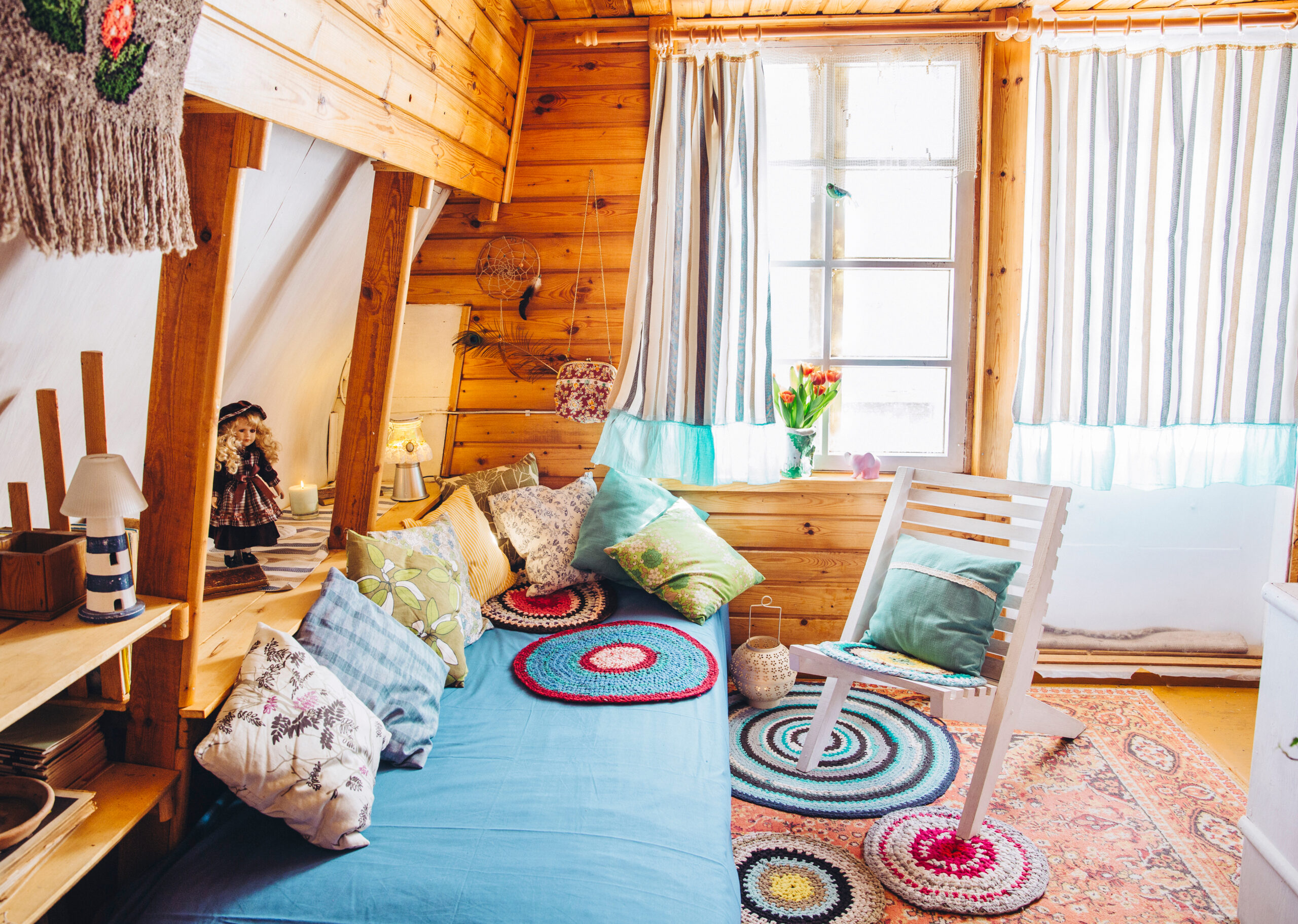
In direct contrast to minimalism, maximalism embraces bold colors, rich patterns, and an eclectic mix of textures and styles. This trend encourages homeowners to express their personalities through their interiors, blending vintage finds with modern pieces. Layered textiles, such as velvet cushions or intricate rugs, are commonly used to create depth and warmth. Statement pieces, from oversized art to dramatic furniture, are the focal points in maximalist spaces. Far from chaotic, this design style thrives on harmonious contrasts and deliberate excess. Maximalism invites a sense of comfort, with rooms filled to the brim with objects that tell a story. This trend challenges traditional minimalist notions by celebrating abundance and individuality.
Industrial Chic

Industrial chic, inspired by the raw beauty of urban warehouses, has transformed residential design by embracing exposed elements like brick, steel beams, and unfinished concrete. This trend combines the rough, utilitarian aspects of industrial spaces with the warmth of homey furnishings. Raw wood, metal accents, and open shelving are commonly featured, creating a blend of rustic and modern. Large, unadorned windows and open-plan layouts further evoke the feeling of spacious loft living. Industrial chic can range from sophisticated to casual, depending on the use of color and décor. The aesthetic is often balanced with soft textiles like plush rugs and comfortable furniture to soften the harshness of the industrial materials. It has since become a favorite in both urban apartments and suburban homes seeking an urban edge.
Statement Ceilings
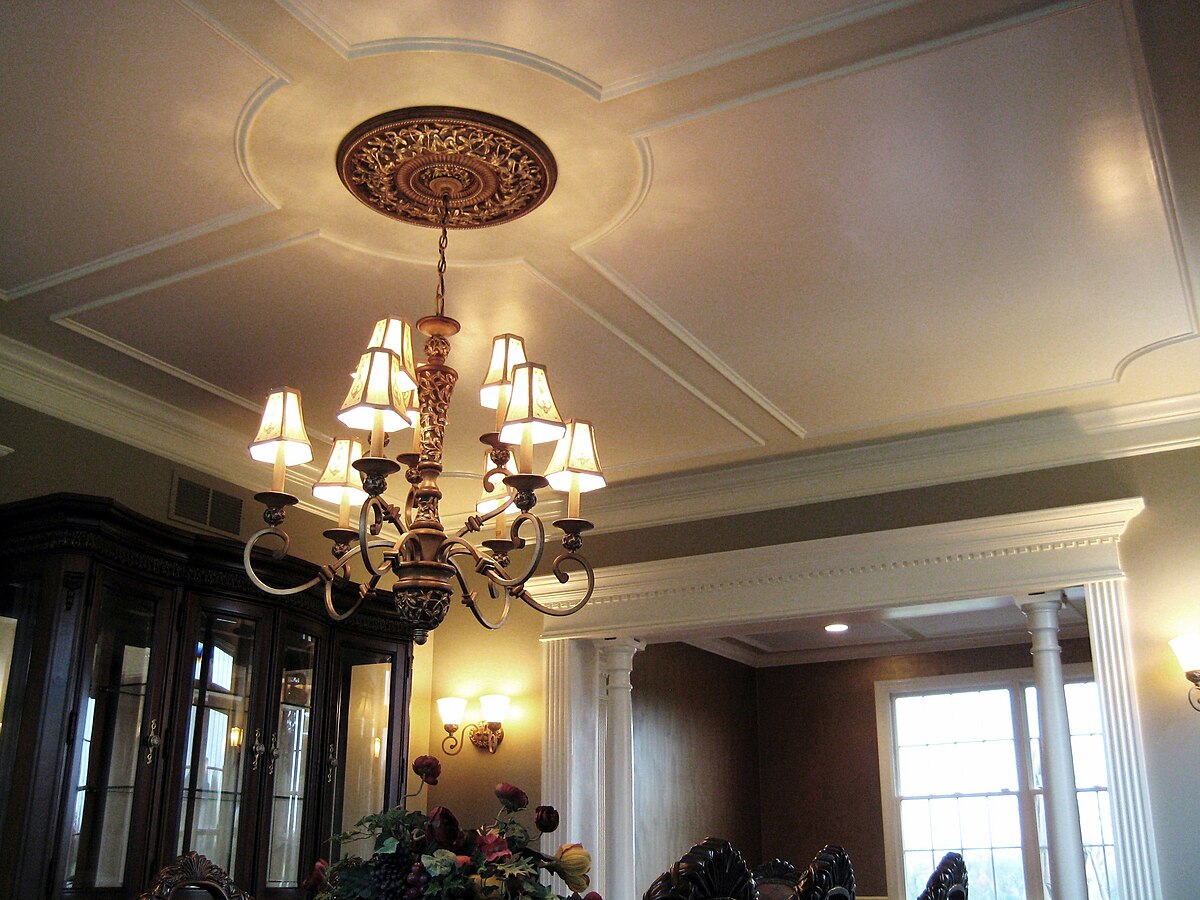
Ceilings are no longer just an overlooked fifth wall; today, they are a canvas for bold design. From painted ceilings in vibrant colors to intricate moldings and wood paneling, statement ceilings add an unexpected element of surprise to any room. This design trend draws the eye upward, turning what was once a forgotten space into a visual focal point. Painted geometric patterns, ornate chandeliers, and exposed beams are all popular ceiling treatments that inject personality and style. By treating ceilings as an integral part of the design, homeowners create an atmosphere that is both unique and memorable. The trend also creates a sense of expansiveness, especially when combined with high ceilings. It’s a perfect way to add drama and depth to a room.
Art Deco Revival
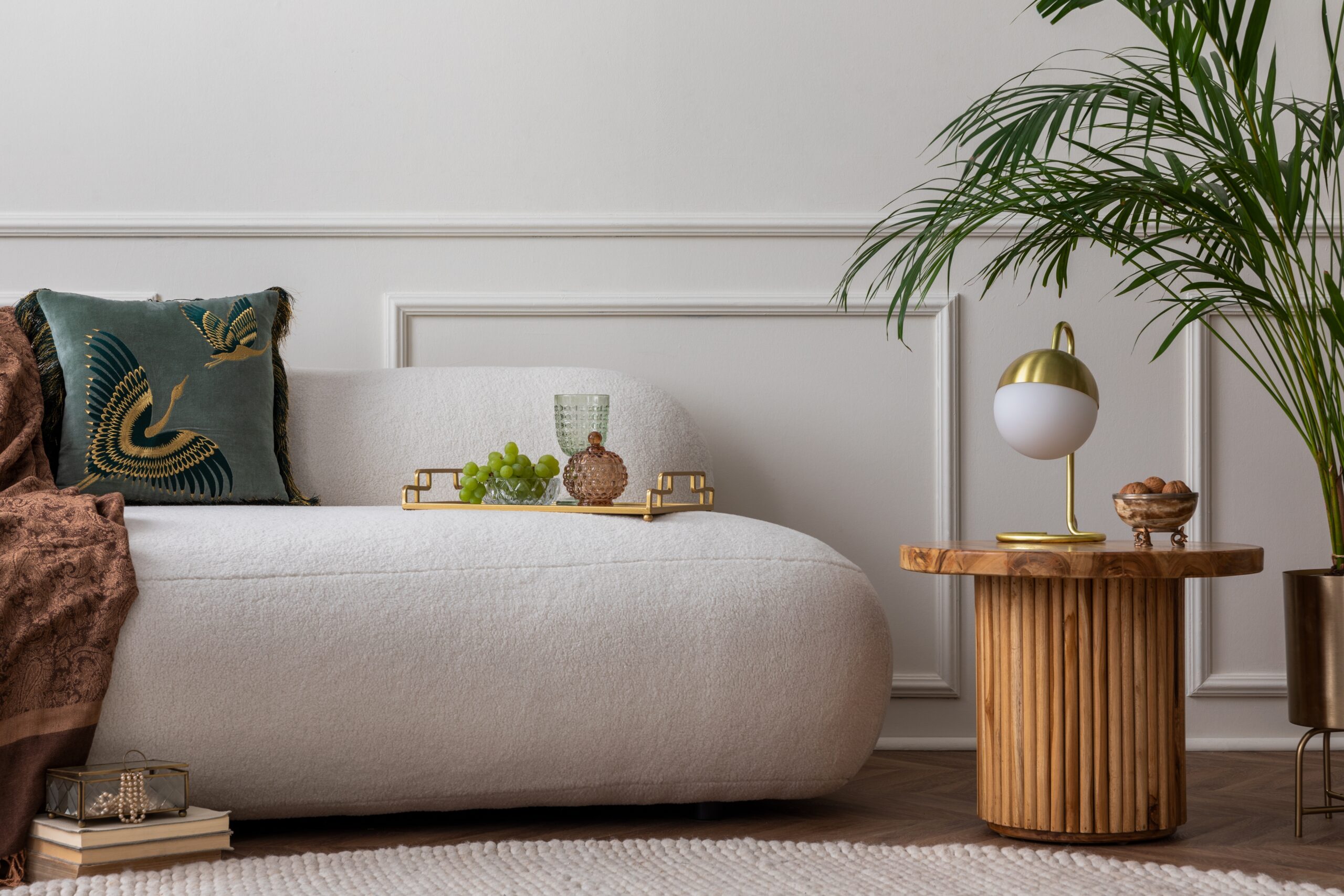
Art Deco has made a dramatic return, infusing spaces with bold geometry, opulent materials, and luxurious finishes. This style, popular in the 1920s and 1930s, combines symmetry with rich textures like marble, glass, and metallic accents. Art Deco furniture is often characterized by sleek, angular lines and intricate detailing, adding a sense of glamour and sophistication to any interior. Rich jewel tones, such as emerald green, sapphire blue, and gold, are commonly used to add vibrancy and depth. The style also embraces the combination of various materials, such as lacquered wood with chrome or brass. Today, Art Deco is being reinterpreted with a modern twist, creating spaces that are both nostalgic and contemporary. This revival is a nod to the elegance of the past while embracing modern luxury.
Multifunctional Spaces
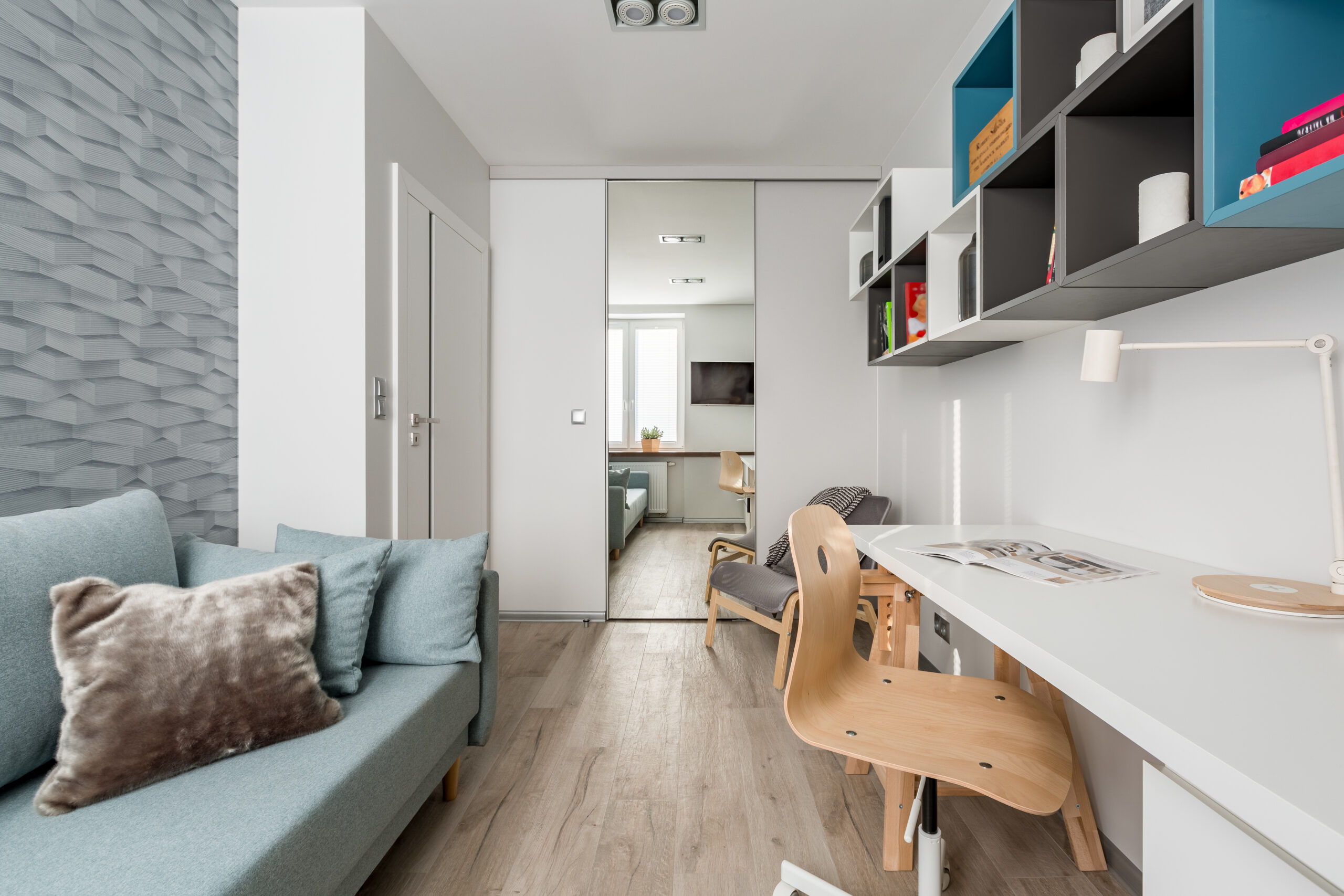
The need for more flexible living arrangements has driven the rise of multifunctional spaces, especially in urban settings. Rooms are now designed to serve multiple purposes, maximizing the utility of smaller square footage. For example, living rooms might double as home offices or guest bedrooms, while dining areas can be repurposed for family activities or creative hobbies. Furniture pieces like fold-away desks, convertible sofas, and modular storage solutions enable these transformations. This trend is fueled by the growing popularity of remote work and the need for adaptable spaces. Multifunctional design focuses on creating efficient, versatile layouts without sacrificing style or comfort. As a result, spaces are now more dynamic, offering greater functionality for a variety of lifestyles.
Dark Kitchens
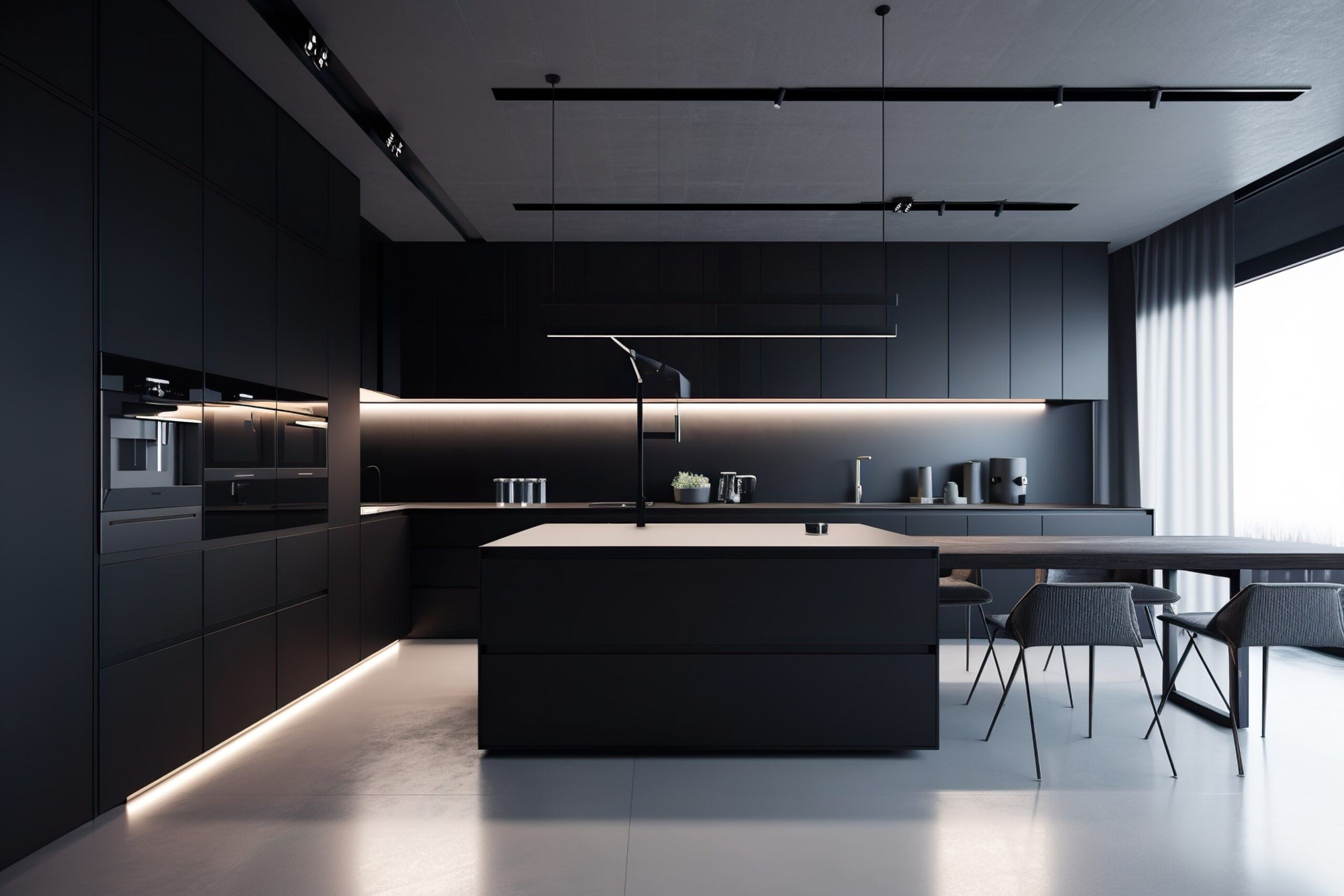
Dark kitchens, characterized by matte black cabinets, deep hues, and moody lighting, have become an edgy alternative to traditional bright, white kitchens. This trend uses rich materials like dark wood, stone countertops, and black or navy cabinetry to create a sleek, modern aesthetic. The dark palette adds a sense of drama and sophistication, making the kitchen feel more like a high-end culinary space. Accents of brass, gold, or chrome fixtures often complement the darker tones, adding contrast and warmth. The use of darker colors can make a kitchen feel cozier and more intimate, perfect for cooking or entertaining. Under-cabinet lighting and open shelving help to maintain functionality while preserving the mood. While bold, the dark kitchen trend is not only visually striking but also timeless in its appeal.
Vintage & Retro Revival
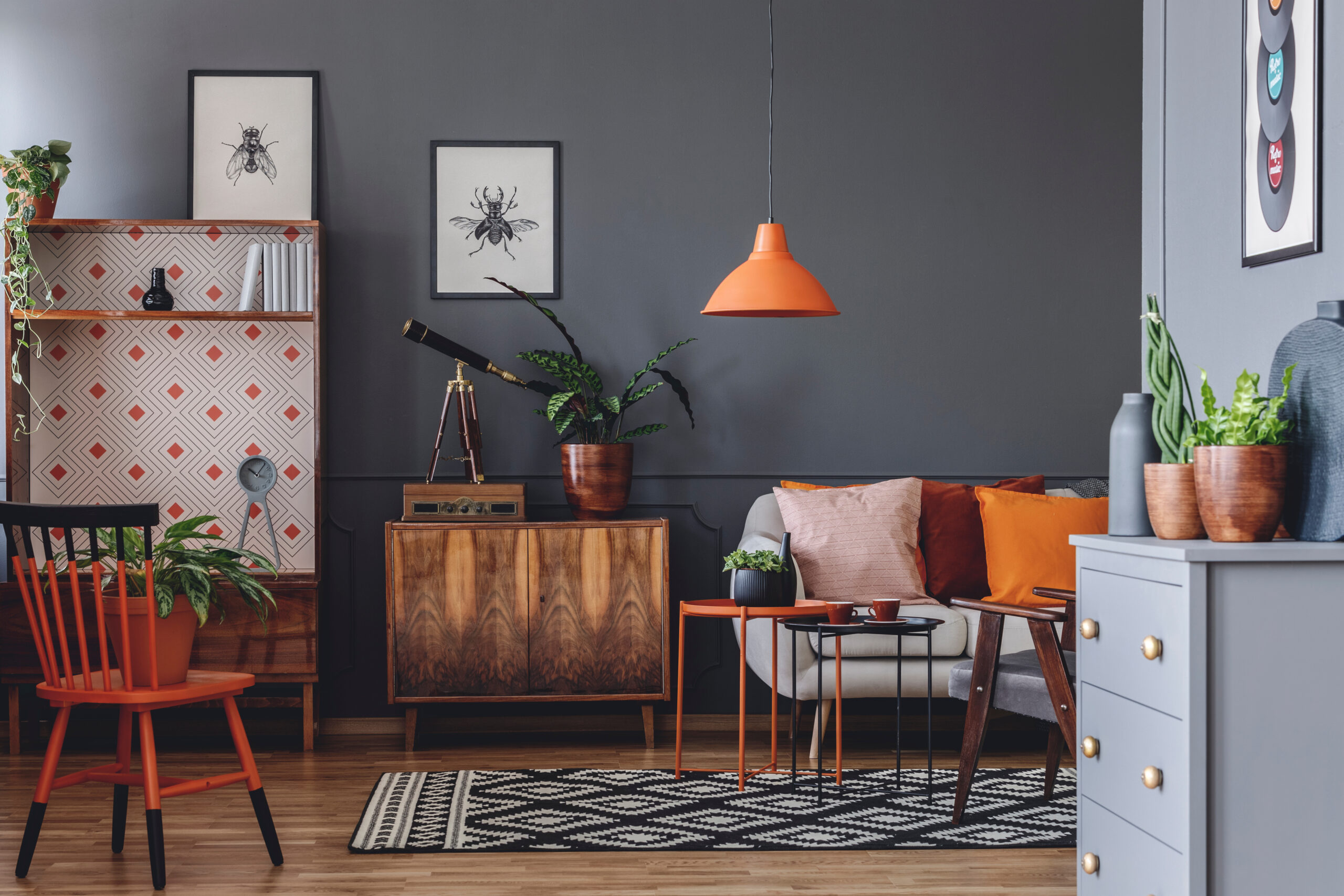
Nostalgic design elements from past decades, particularly the mid-20th century, have reentered the spotlight in home interiors. Retro furniture, such as Eames chairs or Sputnik chandeliers, is mixed with contemporary pieces for a fresh, eclectic look. Vibrant colors like mustard yellow, teal, and burnt orange make a bold statement, often accompanied by geometric patterns and textures. This retro revival adds character to modern homes, creating spaces that are visually exciting and unique. Vintage appliances and accessories also play a part, bringing a touch of history into the home. The blend of old and new allows homeowners to express their personal taste while embracing a more sustainable approach to design by incorporating pre-owned items. This trend celebrates craftsmanship, style, and a sense of timelessness.
Floating Furniture
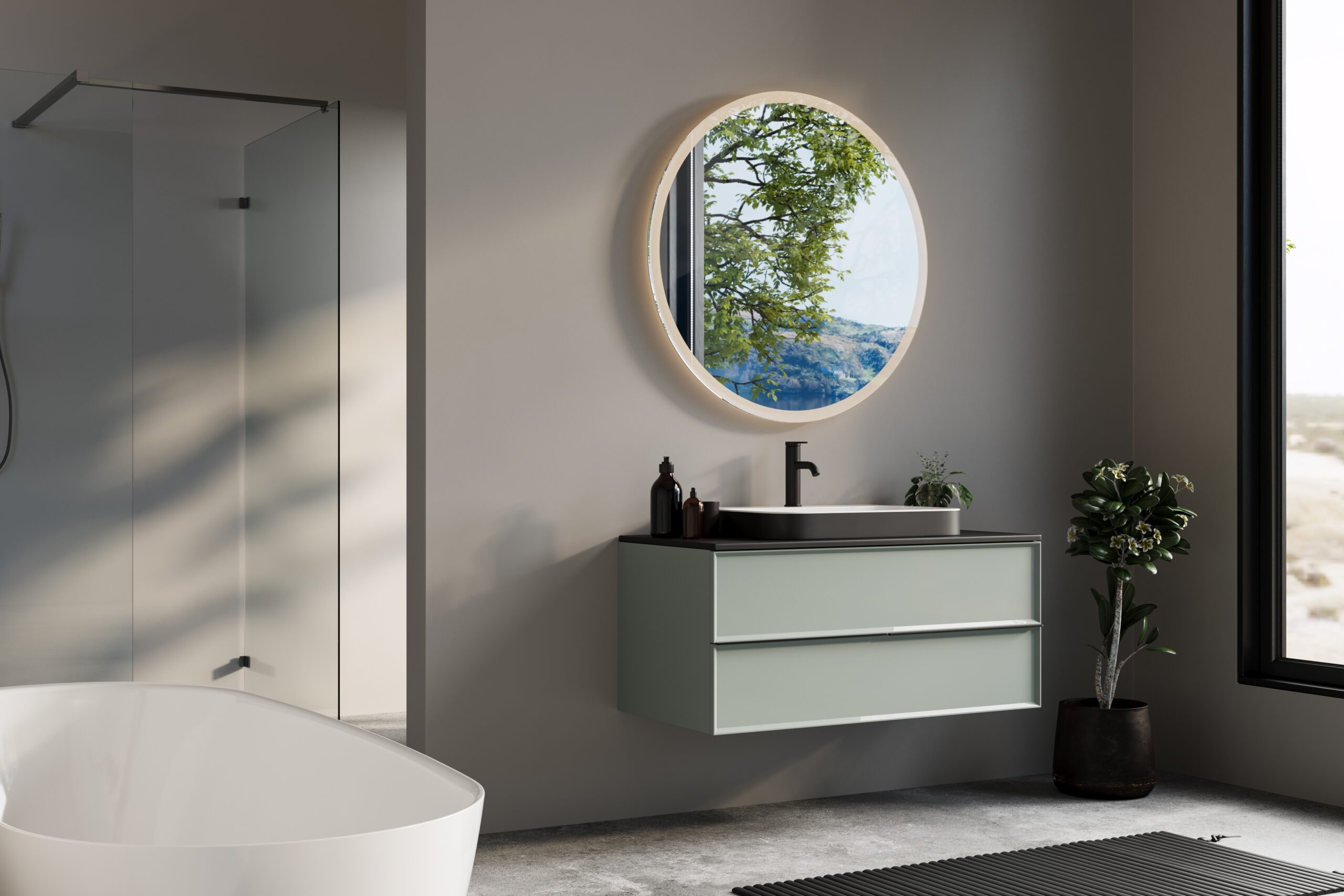
Floating furniture, which gives the illusion of pieces “floating” above the floor, creates an open, airy ambiance in any room. This trend is often achieved by using raised furniture legs or suspended designs, such as vanities or beds without traditional bases. Floating furniture is not only a space-saving solution but also contributes to a sleek, modern aesthetic. The negative space beneath each piece helps to create a sense of flow and openness, making smaller rooms feel larger. Many floating designs also make cleaning easier, as they eliminate bulky furniture bases that trap dust. This trend works particularly well in minimalist or contemporary homes, where the focus is on lightness and space. It allows for a more streamlined, modern interior that feels fresh and uncluttered.
Statement Lighting Fixtures
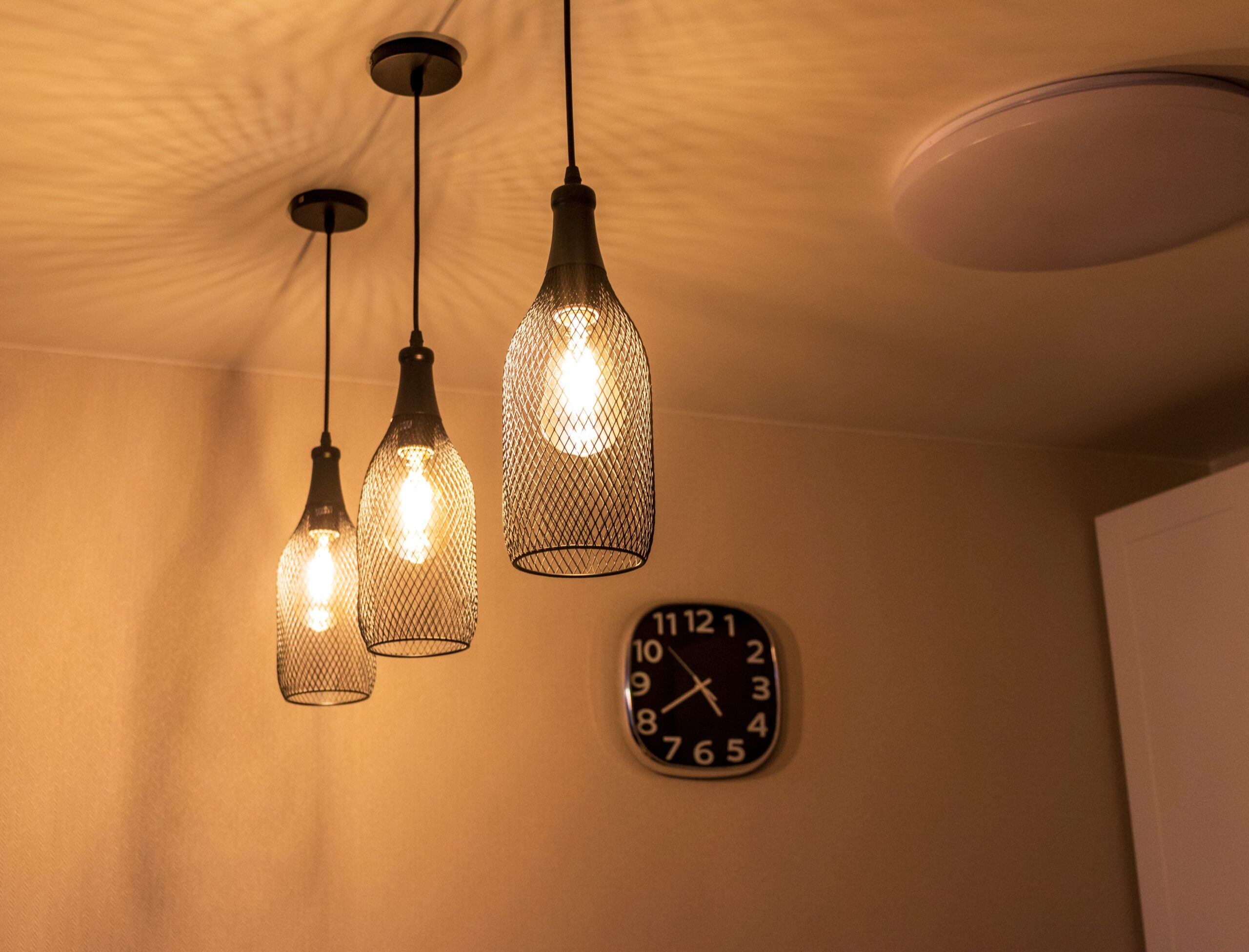
Lighting design has evolved from mere functional fixtures to pieces of art in their own right. Statement lighting now plays a central role in home interiors, with bold chandeliers, oversized pendant lights, and sculptural floor lamps taking center stage. These eye-catching designs serve as both decorative accents and functional sources of light, providing ambiance and enhancing the overall aesthetic. LED technology has allowed for more creative and energy-efficient lighting solutions, adding to their appeal. Whether it’s a striking modern chandelier or a set of geometric pendant lights, statement lighting makes a bold visual impact. This trend helps personalize spaces, offering an easy way to infuse character into a room. As a result, lighting has become a defining feature of interior design.
Dark and Moody Interiors
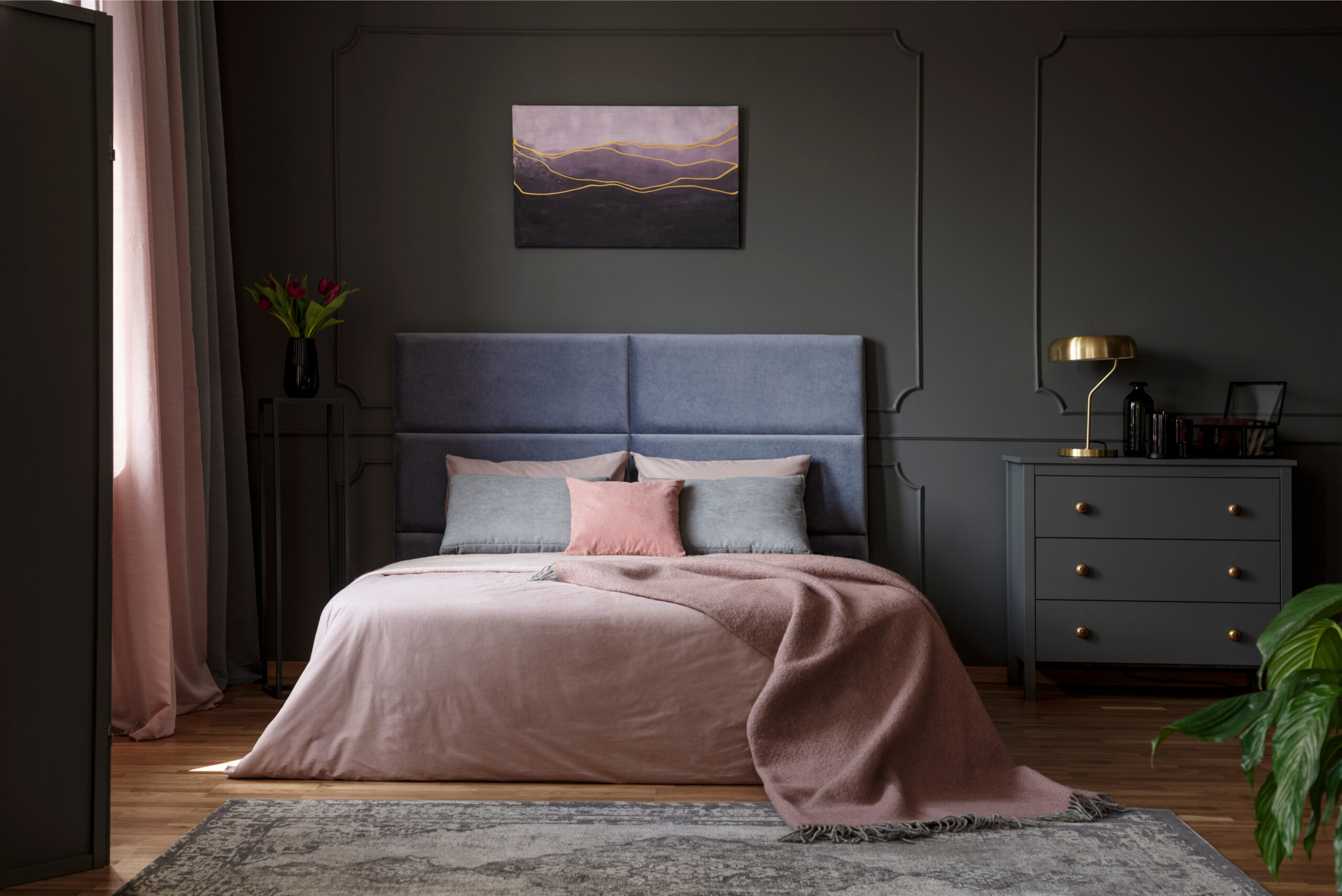
Dark and moody interiors, with deep hues like charcoal, navy, and emerald green, have become increasingly popular in recent years. This trend embraces a more dramatic, atmospheric approach to home design. Dark walls, paired with rich textures like velvet, leather, and wood, create a sense of sophistication and coziness. Accent lighting, such as sconces and low-hanging lamps, highlights key design features without overpowering the space. Moody interiors evoke a sense of intimacy and comfort, making them ideal for bedrooms, libraries, and dining areas. The contrast between dark tones and bright metallics or bold artwork adds visual interest and depth. For those who prefer a less traditional, more luxurious atmosphere, this trend offers a bold alternative to lighter, airier spaces.
Textured Walls
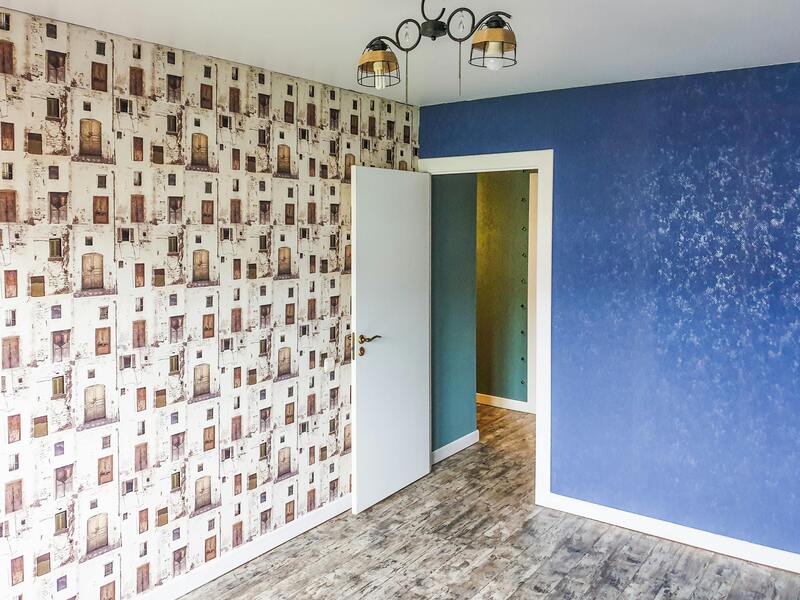
Textured walls, using materials like wood paneling, stone, and 3D wallpapers, have brought depth and visual intrigue to interiors. Instead of traditional flat walls, textured surfaces create a more tactile and dynamic environment. Wood paneling adds warmth and character, while stone creates a rustic, timeless feel. 3D wallpapers and wall decals offer modern design solutions that mimic the effect of sculpted surfaces. Textured walls are used to highlight certain areas of a room, such as accent walls, or as a full-room design feature. The tactile nature of these surfaces can create a more inviting, sensory experience. This trend is particularly popular in modern homes and apartments where every surface is an opportunity to make a statement.
Neutral Color Palettes
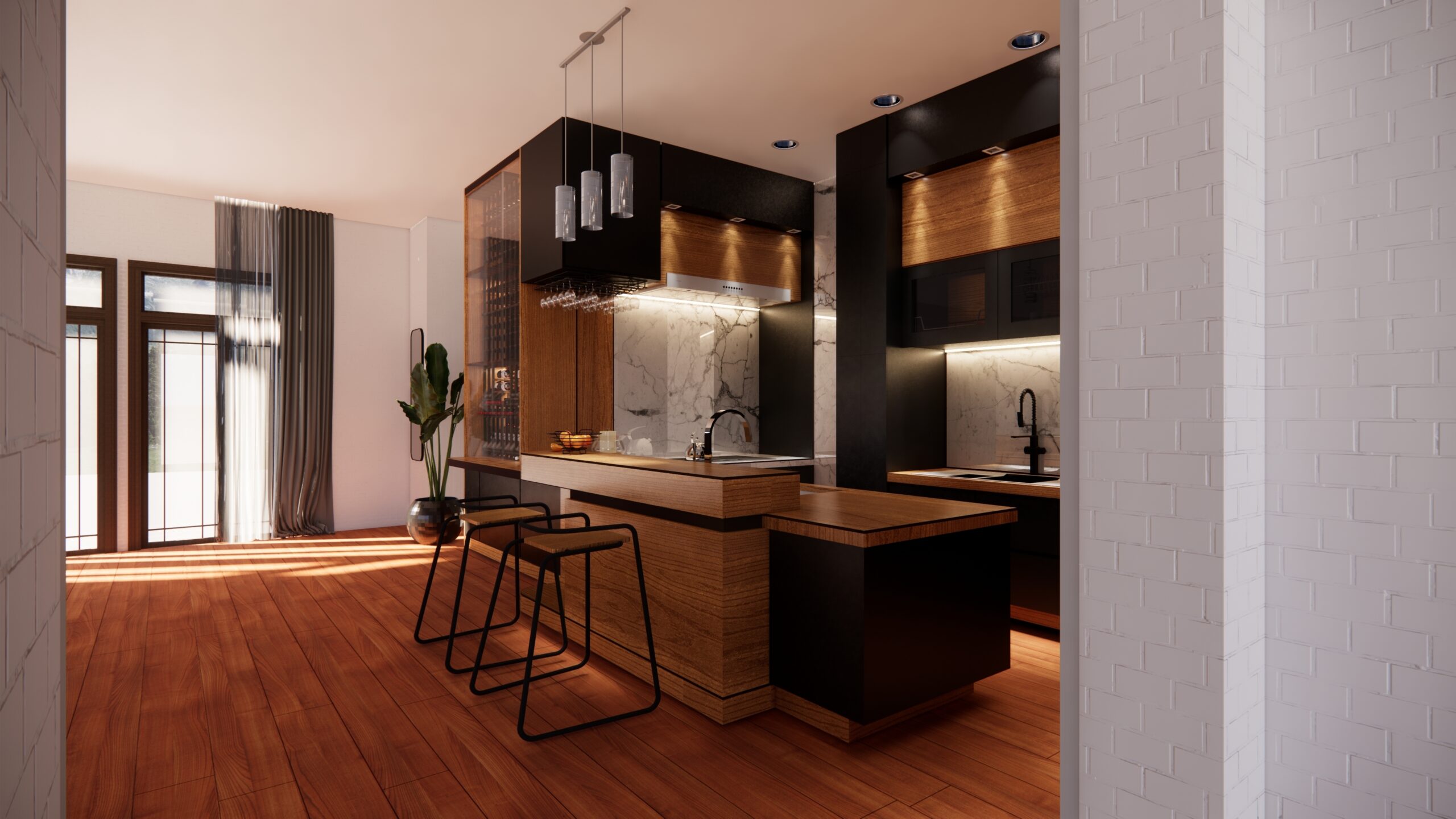
Neutral color palettes, which include shades like beige, gray, and taupe, have become a cornerstone of contemporary design. These calming, versatile hues serve as the perfect backdrop for a variety of styles, allowing other design elements to shine. Neutral colors promote a sense of serenity, making them ideal for bedrooms, living rooms, and bathrooms. They also create a sense of spaciousness, especially in smaller areas. By focusing on neutral tones, designers are able to experiment with textures, patterns, and materials without overwhelming the senses. Accents of color are often added in the form of throw pillows, art, or decor, ensuring the space remains lively and dynamic. This trend is ideal for those who prefer a timeless, understated aesthetic.
Custom Furniture
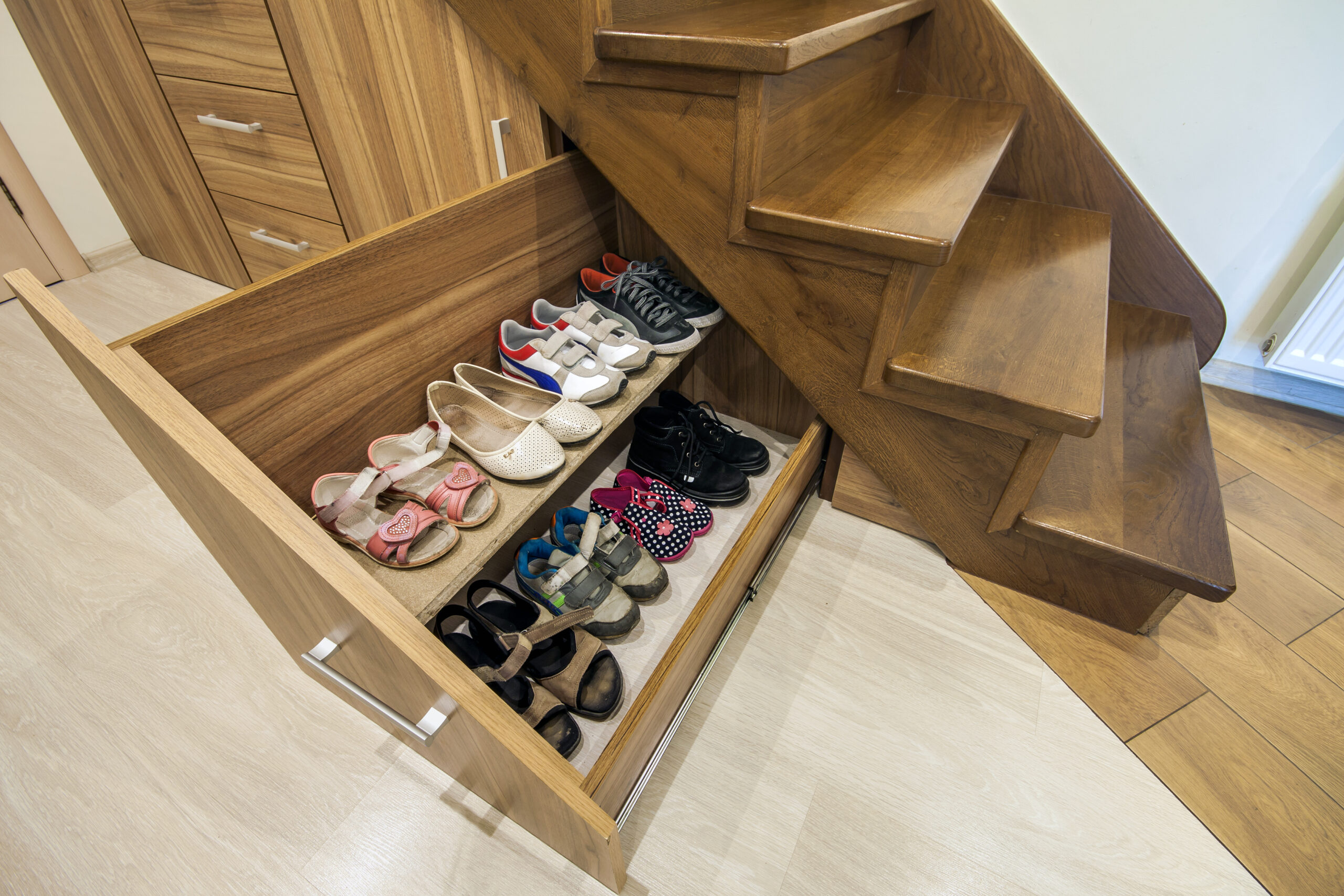
The rise of custom furniture has allowed homeowners to create pieces that perfectly suit their needs and tastes. Rather than relying on mass-produced designs, people are opting for one-of-a-kind furniture that fits their space exactly. Custom pieces can be tailored in terms of size, shape, color, and material, offering a unique and personalized touch to any room. This trend has gained traction with the rise of artisanal and small-batch furniture makers who specialize in bespoke designs. Whether it’s a handcrafted sofa or a custom-built dining table, these pieces add character and individuality to a home. The focus is on quality, craftsmanship, and functionality, ensuring that the furniture not only looks great but also serves its purpose well. This trend has reshaped the way people approach furniture selection, turning it into an investment in style and longevity.
Outdoor Living Spaces
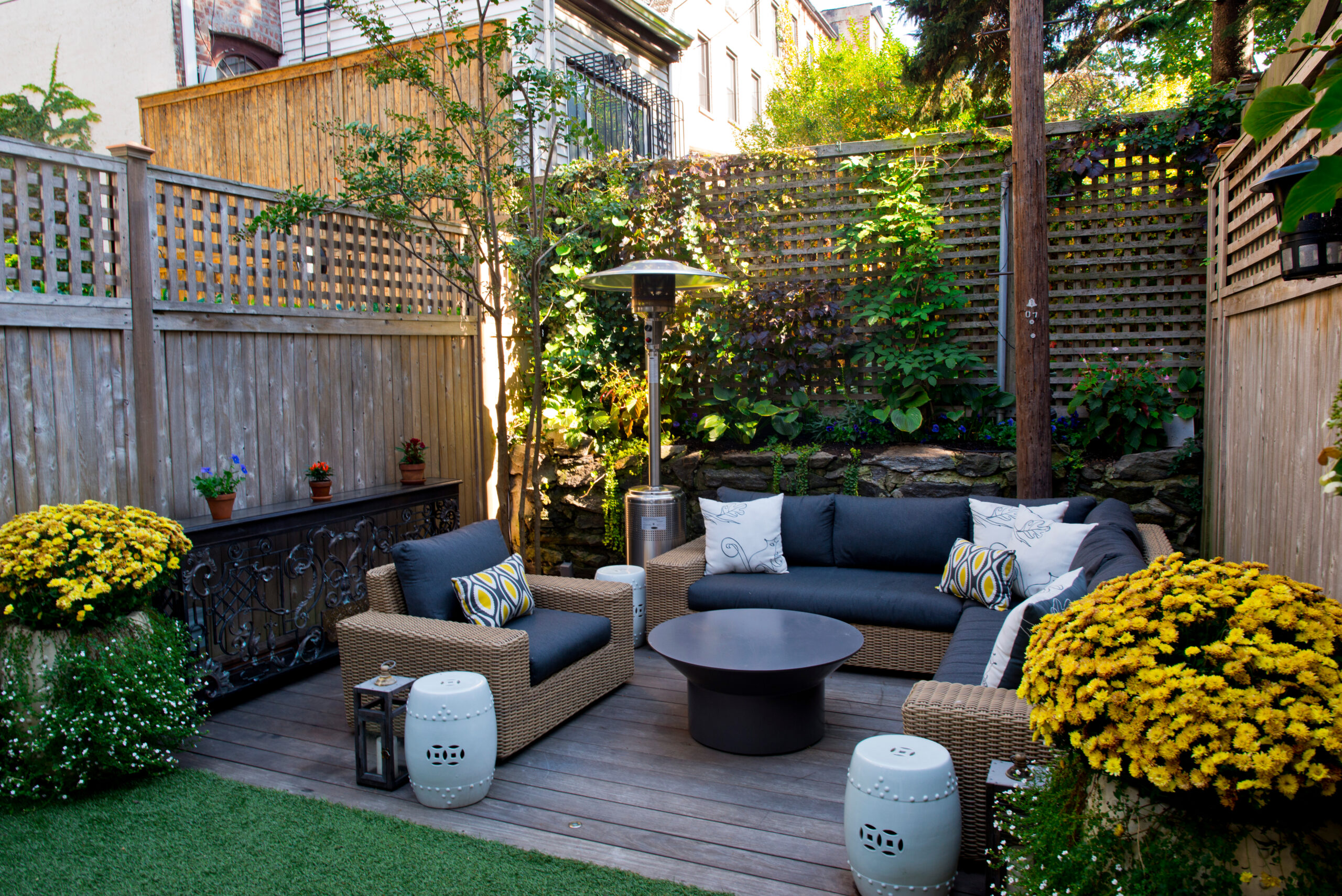
The creation of outdoor living spaces has become a popular trend, especially for those with larger homes or homes with access to gardens or patios. These spaces are designed to extend the living area beyond the walls of the home, providing additional room for relaxation and entertainment. Outdoor kitchens, fire pits, and lounge areas have become common features in modern backyard designs. These areas are equipped with comfortable furniture, lighting, and even entertainment systems, allowing people to enjoy the outdoors in comfort. The use of weather-resistant materials ensures that outdoor furniture and structures remain durable throughout the year. This trend has blurred the lines between indoor and outdoor living, making the outdoors an integral part of home life. It’s particularly popular in warmer climates, where outdoor living can be enjoyed year-round.
Japandi Style
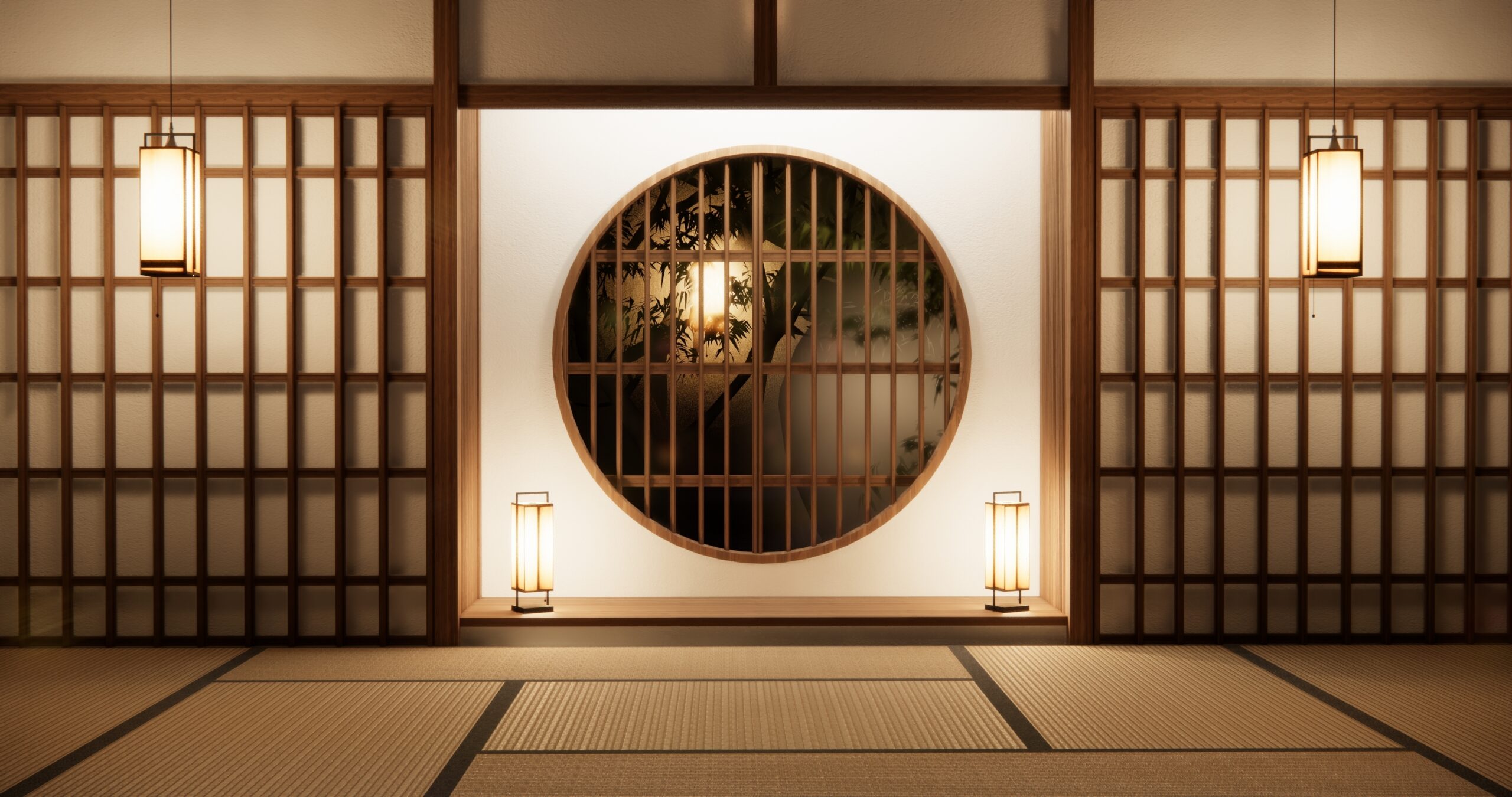
Japandi is a fusion of Japanese minimalism and Scandinavian functionality, bringing together the best of both design worlds. The style features simple, clean lines, neutral colors, and natural materials like wood and bamboo. Japandi spaces often prioritize functionality, ensuring that every element serves a practical purpose. Japanese-inspired elements like tatami mats and shoji screens blend seamlessly with Scandinavian furniture, which emphasizes comfort and simplicity. The combination of minimalism and warmth creates a serene, balanced atmosphere, making Japandi ideal for those seeking a peaceful retreat. The use of low-profile furniture and the careful selection of design elements ensures that the space remains open and uncluttered. Japandi has become a favorite among those who want a calming, functional, yet aesthetically pleasing interior.
This article originally appeared on Rarest.org.
More From Rarest.Org
The NFL has seen some legendary quarterbacks who not only excelled in their prime but continued playing well past the typical retirement age, defying the physical demands of the game. They brought experience, resilience, and skill to the field, leaving lasting legacies and setting records that inspire current and future players. Read more.
Photography has come a long way, and much of that journey is thanks to a few iconic cameras that transformed the way we capture and experience images. From pioneering digital advancements to revolutionizing film photography, they shaped the art and industry of photography as we know it today. Read more.
Battlefields are places where history was made, but they’re also often filled with stories of lingering spirits and eerie encounters. Many believe that the intense emotions, sacrifices, and tragic losses in these places leave an imprint on the land, making them prone to paranormal activity. Read more.



